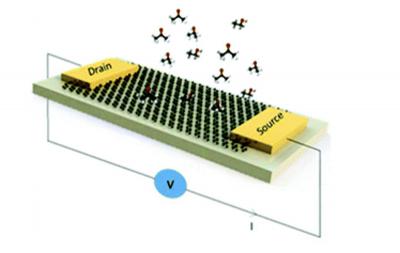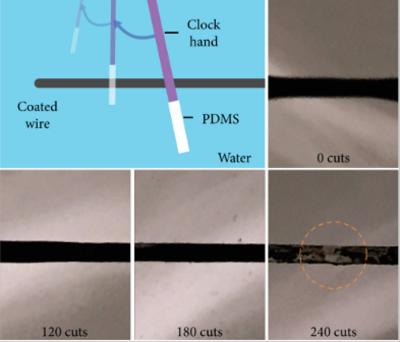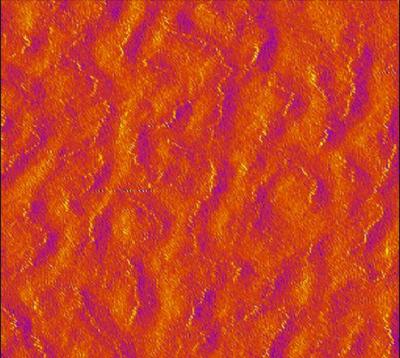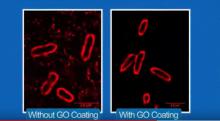Graphene Lighting launches new plant and receives orders
Manchester-based Graphene Lighting has announced the commencing of its new wholly owned mass production facility in Shenzen, China.
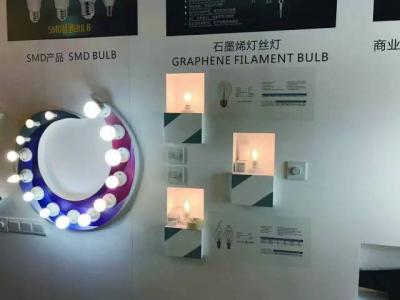
The Company shared that its previous plans of merging with JTX ended in October 2017, and it will focus its efforts towards sales and marketing using its own and partner capabilities. Graphene Lighting also said that the manufacturing facility has been in pilot production for the last 6 months and has commenced product shipment over the last four weeks.
